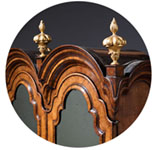A Rare Figured Walnut Queen Anne – George I Lace Box, circa 1700-1720.
Sold
Request Information
Follow Us
A Rare Figured Walnut Queen Anne – George I Lace Box, circa 1700-1720.
A rare figured walnut Queen Anne – George I period lace box, circa 1700-1720.
The cross-grain banded ovolo moulded top is veneered in figured walnut consisting of an oval to the centre and a quadrant to each corner inlaid in holly.
The frieze is cross-grain moulded and veneered in figured walnut to the sides and the face which is inlaid with holy in a framed break-arch fashion and fitted with a gilt brass escutcheon and the original lock.
The curiously named ‘lace box’ or ‘bible box’ veneered in oyster cut hardwoods such as olive, Kingwood, walnut and marquetry were popular amongst the middle and higher classes of society from circa 1660-1700. This is a rare example dating between 1700-1710.
Condition
Good. Wear consistent with age and use.
Dimensions
Height: 5.12 in. (13 cm)
Width: 15.75 in. (40 cm)
Depth: 13 in. (33 cm)
PREVIOUSLY SOLD
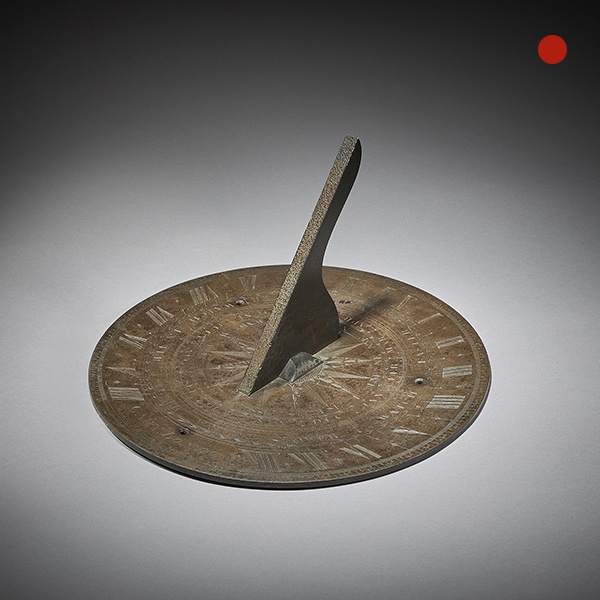
Early 19th Century English Bronze Horizontal Sundial by Cary of London
Early 19th Century English Bronze Horizontal Sundial by Cary of London £2,450 Follow UsEarly 19th Century English Bronze Horizontal Sundial by Cary of London An early 19th-century horizontal sundial by Cary London. This 12” diameter bronze...
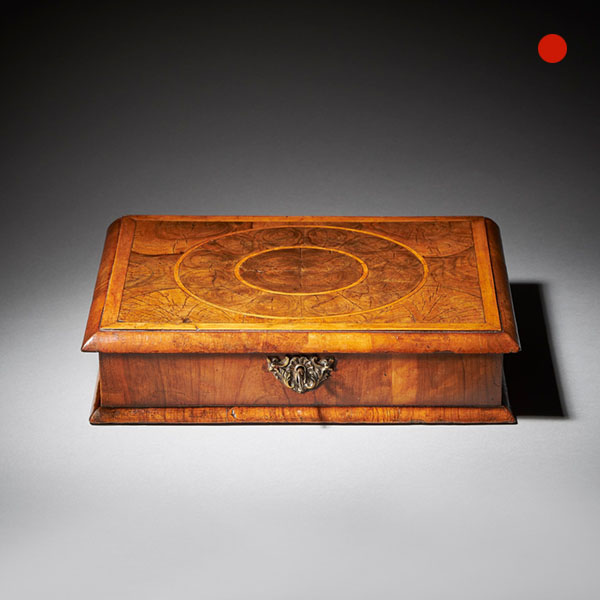
A Fine William and Mary 17th-Century Olive Oyster Lace Box
A Fine William and Mary 17th-Century Olive Oyster Lace Box Sold Follow UsA Fine William and Mary 17th-Century Olive Oyster Lace Box A Fine Late 17th Century Olive Oyster 'Lace Box' of Small Proportions. Circa 1680-1690 England. The...

Fine Brass Pocket Sundial and Compass by Michael Butterfield Paris, circa 1700
Fine Brass Pocket Sundial and Compass by Michael Butterfield Paris Sold Follow UsFine Brass Pocket Sundial and Compass by Michael Butterfield Paris A fine brass Anglo-French octagonal pocket sundial with compass by Michael Butterfield, circa...

18th Century German Equinoctial Pocket Sundial and Compass by Ludwig Theodor
18th Century German Equinoctial Pocket Sundial and Compass by Ludwig Theodor SOLD Follow Us18th Century German Equinoctial Pocket Sundial and Compass by Ludwig Theodor From the first quarter of the 18th century - a German brass equinoctial...

Fine and Rare Late 17th Century William and Mary Olive Oyster Lace Box
Fine and Rare Late 17th Century William and Mary Olive Oyster Lace Box Sold Follow UsFine and Rare Late 17th Century William and Mary Olive Oyster Lace Box A fine and rare late 17th century olive oyster 'lace box from the reign of King...
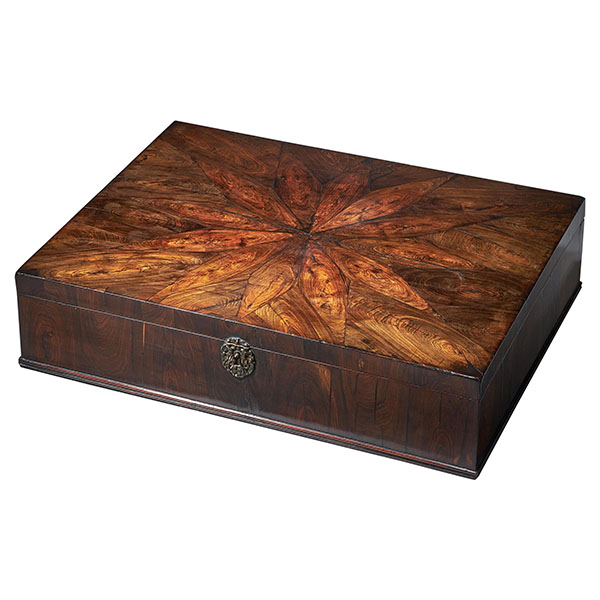
17th Century Charles II Cocuswood Lace Box, Circa 1660, England
17th Century Charles II Cocuswood Lace Box, Circa 1660, England SoldFollow Us17th Century Charles II Cocuswood Lace Box, Circa 1660, England An extremely rare and important Cocuswood oyster (Brya ebenus) lace box from the reign of Charles II,...

Early 19th Century English Bronze Horizontal Sundial by Cary of London
Early 19th Century English Bronze Horizontal Sundial by Cary of London £2,450 Follow UsEarly 19th Century English Bronze Horizontal Sundial by Cary of London An early 19th-century horizontal sundial by Cary London. This 12” diameter bronze...

A Fine William and Mary 17th-Century Olive Oyster Lace Box
A Fine William and Mary 17th-Century Olive Oyster Lace Box Sold Follow UsA Fine William and Mary 17th-Century Olive Oyster Lace Box A Fine Late 17th Century Olive Oyster 'Lace Box' of Small Proportions. Circa 1680-1690 England. The...

Fine Brass Pocket Sundial and Compass by Michael Butterfield Paris, circa 1700
Fine Brass Pocket Sundial and Compass by Michael Butterfield Paris Sold Follow UsFine Brass Pocket Sundial and Compass by Michael Butterfield Paris A fine brass Anglo-French octagonal pocket sundial with compass by Michael Butterfield, circa...

18th Century German Equinoctial Pocket Sundial and Compass by Ludwig Theodor
18th Century German Equinoctial Pocket Sundial and Compass by Ludwig Theodor SOLD Follow Us18th Century German Equinoctial Pocket Sundial and Compass by Ludwig Theodor From the first quarter of the 18th century - a German brass equinoctial...

Fine and Rare Late 17th Century William and Mary Olive Oyster Lace Box
Fine and Rare Late 17th Century William and Mary Olive Oyster Lace Box Sold Follow UsFine and Rare Late 17th Century William and Mary Olive Oyster Lace Box A fine and rare late 17th century olive oyster 'lace box from the reign of King...

17th Century Charles II Cocuswood Lace Box, Circa 1660, England
17th Century Charles II Cocuswood Lace Box, Circa 1660, England SoldFollow Us17th Century Charles II Cocuswood Lace Box, Circa 1660, England An extremely rare and important Cocuswood oyster (Brya ebenus) lace box from the reign of Charles II,...
YOU MAY ALSO LIKE
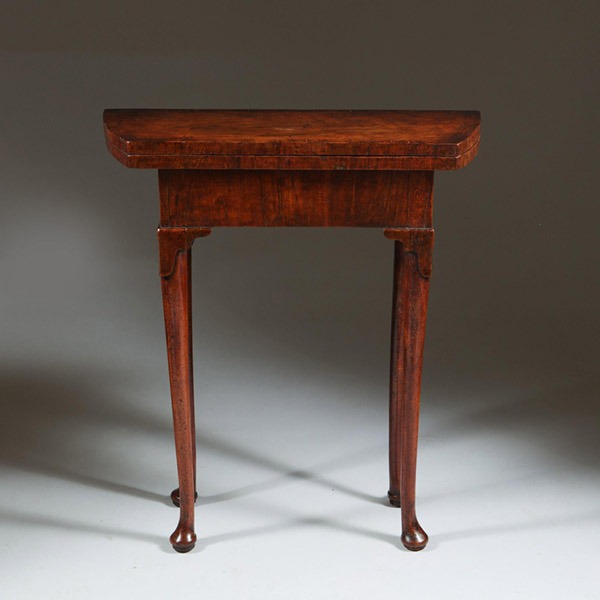
A Unique Early 18th Century Diminutive George I Figured Walnut Bachelors Table
A Unique Early 18th Century Diminutive George I Figured Walnut Bachelors Table £12,800Follow UsA...
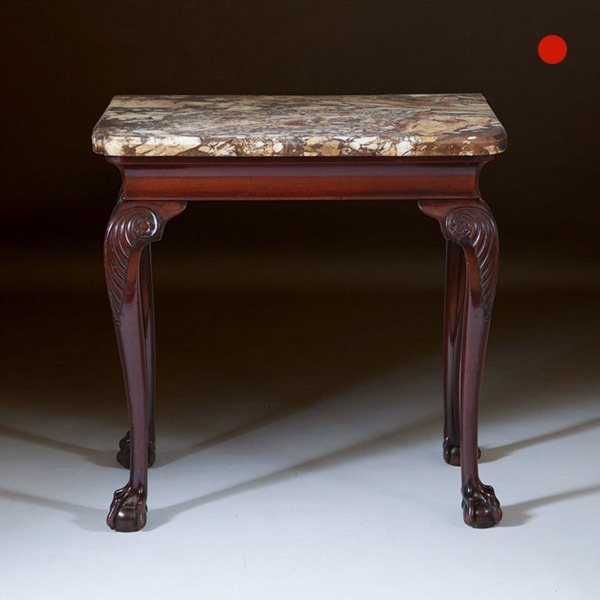
A Fine 18th Century George II Mahogany Marble Topped Console Table, Ireland
A Fine 18th Century George II Mahogany Marble Topped Console Table, Ireland SoldFollow UsA Fine...
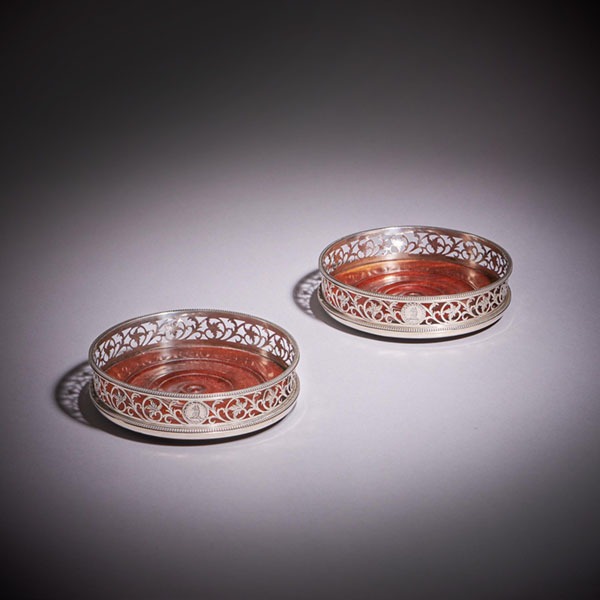
A Fine Pair of 18th Century George III Silver Engraved Open Fret Wine Coasters
A Fine Pair of 18th Century George III Silver Engraved Open Fret Wine Coasters £3,600Follow UsA...

A Large 18th Century George I Gilt-Gesso Pier Glass, Attributed to John Belchier
A Large 18th Century George I Gilt-Gesso Pier Glass, Attributed to John Belchier £42,000Follow UsA...
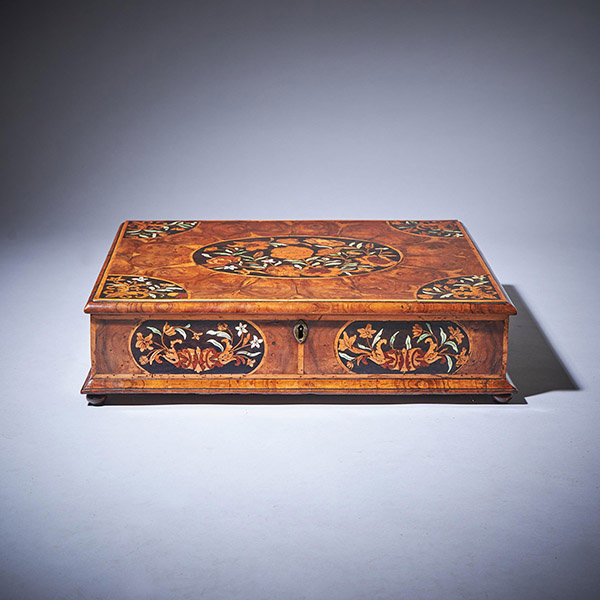
17th Century William and Mary Floral Marquetry Olive Oyster Lace Box, Circa 1685
17th Century William and Mary Floral Marquetry Olive Oyster Lace Box, Circa 1685 £16,000Follow...
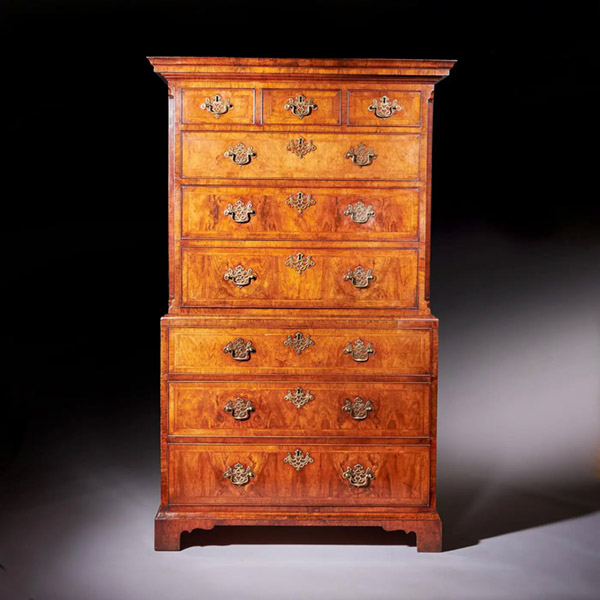
A Fine 18th Century George II Figured Walnut Chest on Chest or Tallboy, 1740
A Fine 18th Century George II Figured Walnut Chest on Chest or Tallboy, 1740 £14,000[wpforms_selector form_id="11387" _builder_version="4.22.1" _module_preset="default" custom_margin="-30px||||false|false" hover_enabled="0"...

A Unique Early 18th Century Diminutive George I Figured Walnut Bachelors Table
A Unique Early 18th Century Diminutive George I Figured Walnut Bachelors Table £12,800Follow UsA...

A Fine 18th Century George II Mahogany Marble Topped Console Table, Ireland
A Fine 18th Century George II Mahogany Marble Topped Console Table, Ireland SoldFollow UsA Fine...

A Fine Pair of 18th Century George III Silver Engraved Open Fret Wine Coasters
A Fine Pair of 18th Century George III Silver Engraved Open Fret Wine Coasters £3,600Follow UsA...

A Large 18th Century George I Gilt-Gesso Pier Glass, Attributed to John Belchier
A Large 18th Century George I Gilt-Gesso Pier Glass, Attributed to John Belchier £42,000Follow UsA...

17th Century William and Mary Floral Marquetry Olive Oyster Lace Box, Circa 1685
17th Century William and Mary Floral Marquetry Olive Oyster Lace Box, Circa 1685 £16,000Follow...

A Fine 18th Century George II Figured Walnut Chest on Chest or Tallboy, 1740
A Fine 18th Century George II Figured Walnut Chest on Chest or Tallboy, 1740 £14,000[wpforms_selector form_id="11387" _builder_version="4.22.1" _module_preset="default" custom_margin="-30px||||false|false" hover_enabled="0"...
